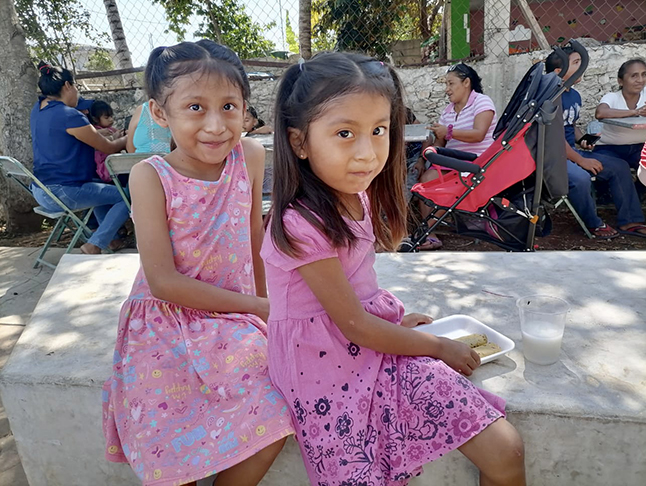From the Heart
How many people do you know with asthma? As you may know, asthma affects the airways in the lungs, causing difficulty breathing. For some people, asthma is just an inconvenience. But for others, it can interfere with daily activities and lead to a life-threatening asthma attack. May is Asthma Awareness Month, so let’s consider how asthma affects vulnerable children in Mexico and China.
Asthma is a severe chronic health condition, but medication can control the symptoms. The airways in the lungs narrow and swell and sometimes may produce extra mucus. This makes breathing difficult, with symptoms like coughing, wheezing, and shortness of breath. Symptoms can flare up when triggered by exercise, workplace allergens, other environmental allergens, or respiratory viruses. There are long-term and short-term health effects of asthma.
When asthma is uncontrolled, the frequency or severity of asthma attacks increases. Each severe episode can cause damage to the lungs and can cause death. Short-term effects include sleep difficulties, physical inactivity, obesity, and an increased risk for respiratory illnesses. For a child, these symptoms make it harder to learn in school.
Myths and the Truth About Asthma
Myth: Asthma is a childhood disease that is usually outgrown. Truth: While asthma usually starts in childhood, it is rarely outgrown. Allergens which are triggers in childhood, typically remain for life.
Myth: Asthma is not a big deal and is easily controlled. Truth: All asthma is serious, and a flare can become life-threatening in seconds. The symptoms differ for each person, and a correct diagnosis and treatment plan is essential.
Myth: If you aren’t wheezing, it isn’t asthma. Truth: The wheezing can sometimes only be heard with a stethoscope. During a severe episode, the wheezing is not heard because there is not any air movement in part of the lung.
Myth: Medications are habit-forming and lose their effectiveness over time. Truth: Asthma medications are safe and essential for asthma management. No asthma medication has been shown to lose its effectiveness for patients, and untreated asthma may lead to permanent lung damage.
Importance of medication
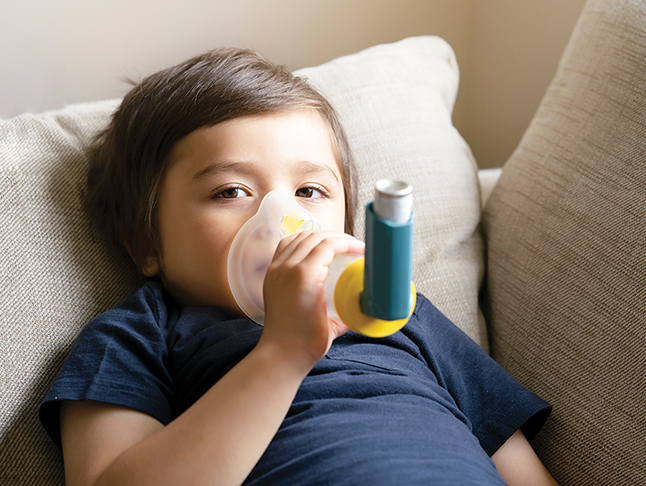
Access to the proper medication reduces the frequency and severity of attacks, improving the quality of life in the near term and can prolong life. Medication is essential even when asthma symptoms are not too bad because it can prevent an intense episode. Some asthma medicines, like corticosteroids, prevent severe attacks, while other prescriptions, like bronchodilators, provide relief during an episode.
PHF provides medication to children in Mexico who would not otherwise have access to treat their asthma. For $40/month, you can give medicine to a child with asthma. Will you help a child today?
Children in Mexico and China Need Access to Asthma Medication
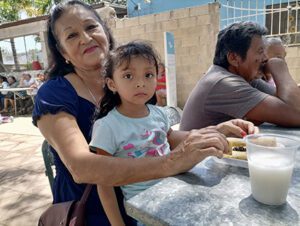
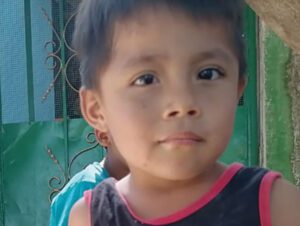
Meet Maria and Alonzo. These engaging children in Mérida have asthma and need prescription medication to manage their symptoms. Without treatment, they could face a life-threatening asthma attack at any time. They have difficulty breathing daily, and learning is hard because they don’t get enough quality sleep. Their families live in extreme poverty, and cannot afford the necessary medicine. But you can change their future.
At New Hope Foundation, supported by PHF medical donations, asthma and other lung conditions pose significant challenges to many children. With loving care, medical treatment, and prayer, they are given an opportunity to thrive.
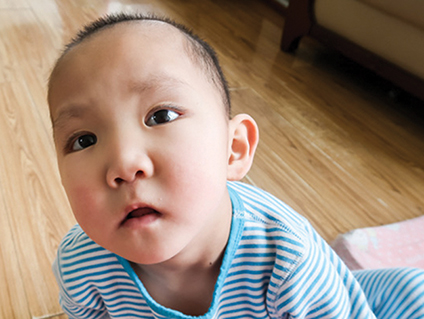
Arel is one boy who refuses to let the medical conditions he was born with slow him down. He’s four years old, has an adorable personality, and has already been through much. Whenever his lungs begin to wheeze, he takes his medicine and treatments like a champ. We are so thankful we have these days to care for him. Please pray for Arel today and celebrate all the children around the world who have asthma and other conditions affecting the lungs. Please also pray that he can be adopted into a loving family.
Children’s Day
In 1925, the World Conference on Child Welfare was held in Geneva. One outcome of the conference was the creation of International Children’s Day, which is celebrated in many countries throughout the world. Mexico began celebrating Children’s Day, El Dia de Los Niños annually on April 30 in 1925. On Children’s Day, the focus is on the children and making them feel special. As a result, school is typically canceled, and many special events occur.
China also celebrates Children’s Day, but they celebrate on June 1, along with many communist or post-communist countries. While PHF had orphans living on campus, the children would perform for invited guests. A catered lunch would follow, and then the highlight of the day: an all-campus water fight.
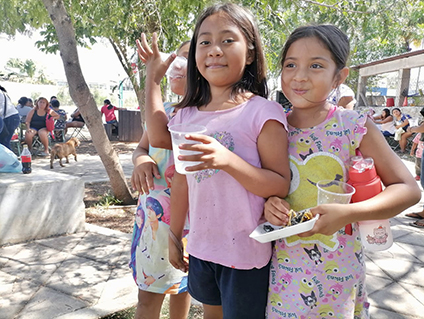
Like many charitable organizations in Mexico, our friends at Red de Ciudadanos de Mérida are hosting five outdoor festivals in the city’s poorest regions to celebrate children. Each festival will have live music and shows to entertain the children and their families. The children will each receive a small toy from taking home. Your donations through Philip Hayden Foundation will provide a healthy meal for each of the children – and we are expecting 3500 children! Your contributions are bringing hope to children and their families.
Cinco de Mayo

Did you know that Cinco de Mayo is NOT Mexican Independence Day? In fact, May 5 is the anniversary of Mexico’s victory over the French at the Battle of Puebla in 1862. This battle was a morale booster for Mexico but was not decisive in Mexico’s fight for independence.
Cinco de Mayo is far more popular in the US than in Mexico and is now associated with celebrating Mexican-American culture. The first celebrations began in 1863 in California and became popular in other regions of the US in the 1940s. By 2006, there were more than 150 official Cinco de Mayo events. Local events may have street festivals, parades, or simply serve Mexican food. As you celebrate Cinco de Mayo this year, would you remember the vulnerable children and families PHF assists in Mexico?

